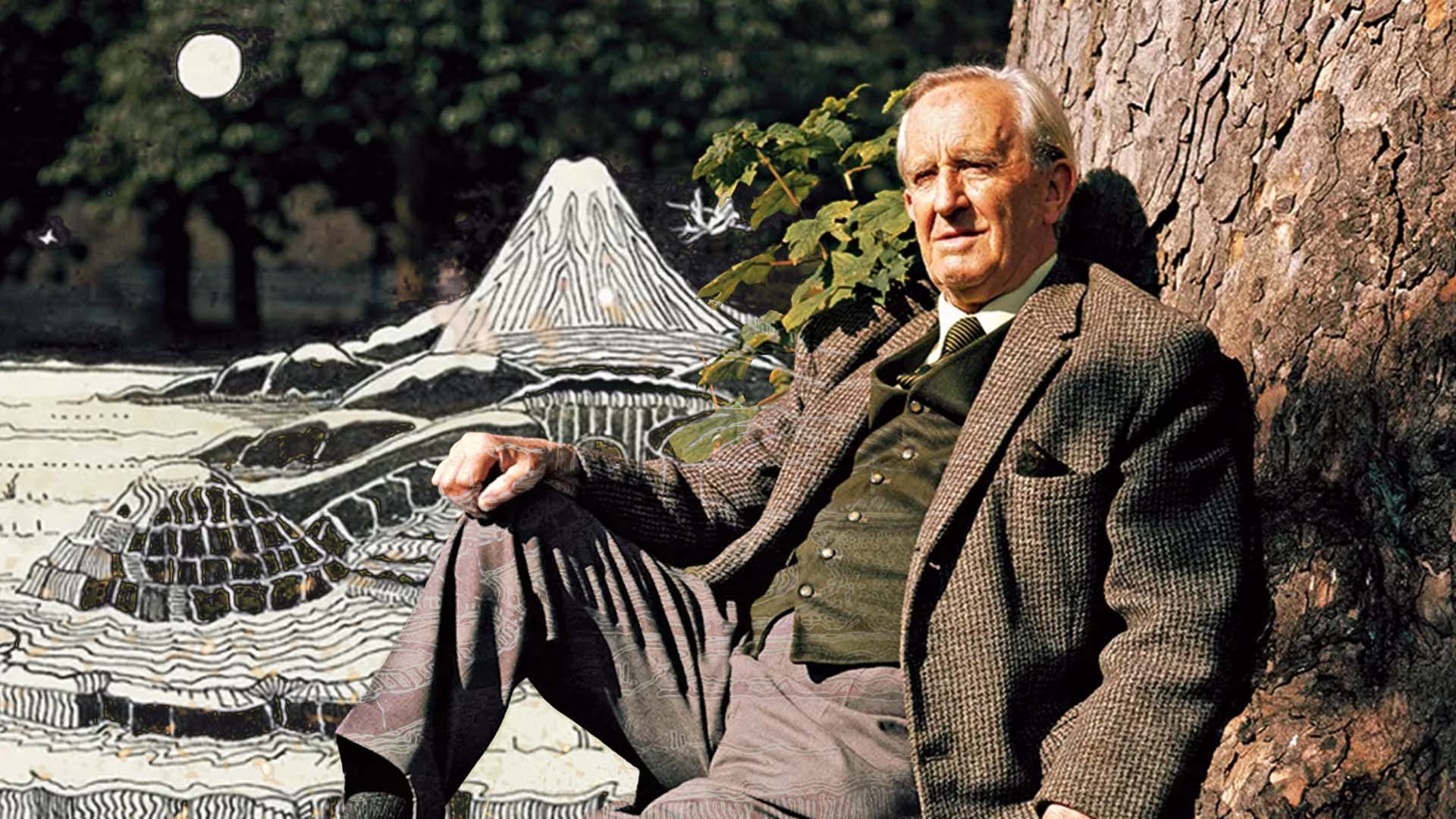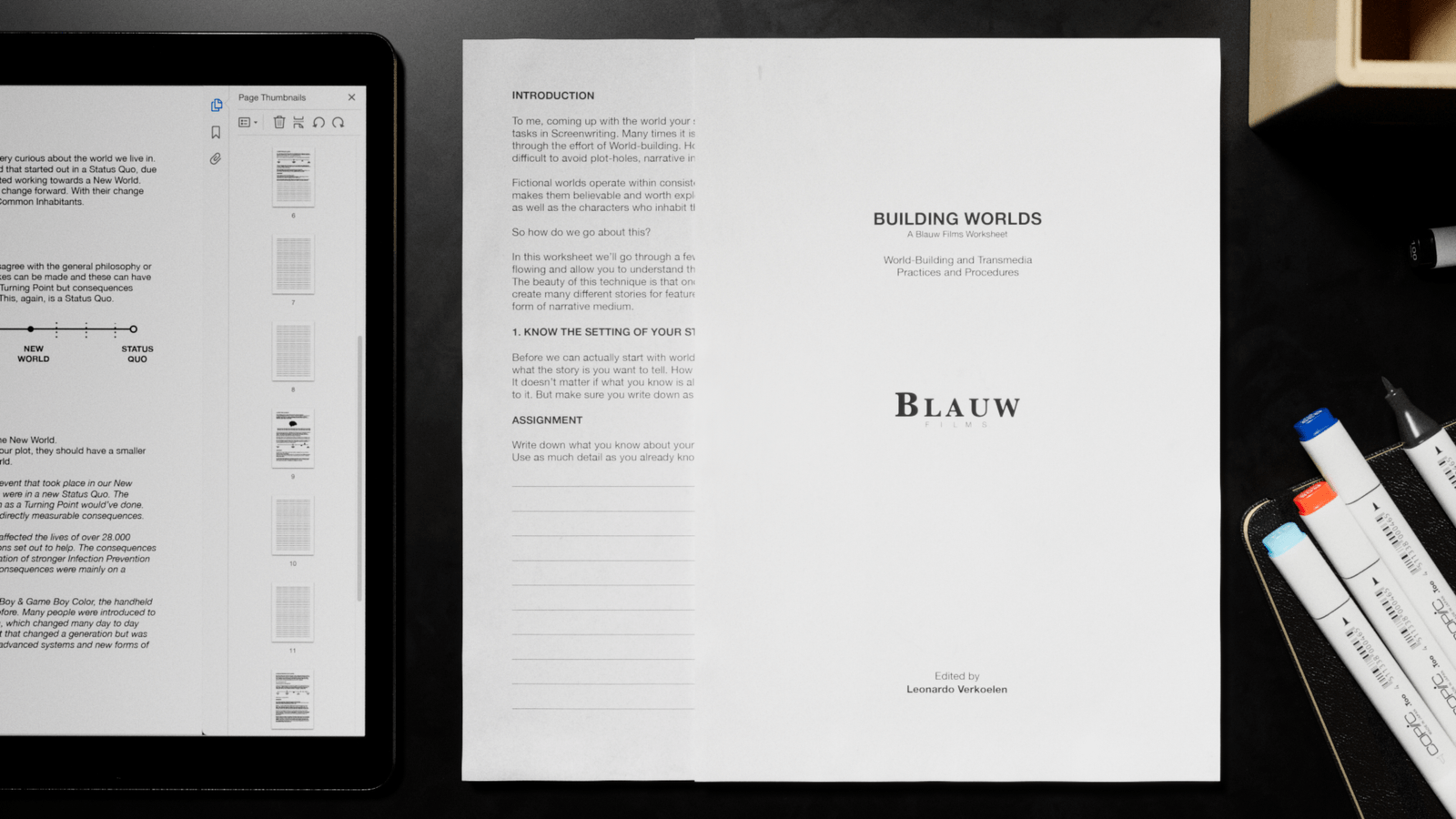History of Costume Design: Silent Era to Epics
Early days of Hollywood Costumes
Blauw Films

Compared to the ancient craft of creating characters for stage plays, Costume Design for the screen has a relatively young history.
Nevertheless, costume design as a craft is distinct, and has evolved immensely over the decades. Costume design for the screen is a craft of trickery, accelerated by technology.
The Silent Era
The position of the Costume Department and its designers has shifted many times over the short history of movie making. Costume Designers were not credited during the silent-film era, as costumes usually weren’t specifically designed. Movie Making was very much about the acting and camera work, clothes were not seen as a distinct part of the storytelling process. And if they ever were, the design process is poorly documented.
Actors and Actresses with an extensive personal wardrobe were favored, and the rest of the cast showed up to auditions in ‘the right costume’.
Notable is Charlie Chaplin, whose signature look and mannerisms became a symbol for comedy.

The Golden Age
With the vast increase of budget and studios in the Golden Age of Hollywood during the mid 1910’s and early 1920’s, large studios began to see the commercial, competitive and artistic value of custom dress for their movie stars.
By the end of the decade and up until the 1940’s, American studios focussed on lavish costumes suitable for glamorous stars, designed by a legendary head of department designers who designed hundreds of costumes. These designers often stayed with the same studio for decades, building life-long relationships with directors and actors.
Designers worked in very close contact with the stars, as their beauty and image was one of the most important selling points of a movie.
The popularity of movies and their stars meant that they had a significant impact on pop culture and fashion trends, and Costume Designers played a vital role in discussing, planning and designing the garments in which the nation’s favorite stars appeared.
Important to note is that the likes of Adrian and Edith Head were very much aware of the difference between a Fashion Designer and a Costume Designer. Though they primarily dressed the female stars, they knew that character, mood and feel came before trend and fashion.

Adrian understood that costumes should be planned to mirror some definite mood, to be as much a part of the play as the lines or the scenery. In collaboration with the actress, he carefully planned what the clothes should ‘say’ and ‘do’. He often guided them in how to act ‘with’ the garments.
The most important developments during this period that influenced the design process greatly, was the arrival of sound. This did not only impact what fabrics, shoes and accessories would be suitable for the sensitive microphones, but the addition of dialogue gradually made films more realistic, and less atmospheric.
On the introduction of sound, designer Adrian observed:
“With the entrance of the human voice actresses suddenly became human beings. A quality of mind came with the characterization and the story.
Everything had to be more real. (…) The clothes took on a genuine character.”
Art Direction and Epic Movies
Where Adrian propelled Hollywood into the Golden Age with his designs, he very much came from a time in which dressing departments were strictly separated by gender and role.
It was only by the 1950’s that costume designers with experience in broadway, changed the way how the costuming pipeline was handled.
In contrast to movie productions, Broadway costumes were designed with the entire cast in mind, creating an overall style and mood. A costume designer was responsible for the entire cast, instead of a single star, and thus worked more closely with the art director when approaching the screenplay.
Coming into the post-war era, the arrival of the television forced studios to reinvent the movie-going experience, with theater visits being on a decline. Movie screens became wider, and the drive-through experience called for movies of an epic scale.
The productions of Ben-Hur and Cleopatra were complicated and expensive for the costume department, having to dress thousands, if not tens-of-thousands of extras and actors.

Eventually, the production of these movies became too extravagant and expensive, and with the overall slump in the film industry, the costume department was one of the first to not survive budget cuts.
Mid 1960’s most studios were forced to auction off their entire costume department, leaving very little for the archives.
At the moment, the best place to digitally view garments from this era is on the website of The Collection. I highly recommend this source, to study costumes, for its extensive collection of Old Hollywood items, and beautiful high-resolution digital archive.

Conclusion
The history of Hollywood costumes is marked with glamour and grandeur, but proper archiving of these costumes is something collectors and costume enthusiasts fight for till this day. Garments and textiles are notoriously difficult to archive, let alone mention the wear and tear the costumes suffer on set. Film costumes are not exactly designed to last.
For those interested in these particular eras of costume design, even pictures can be notoriously hard to find.
The only things we have left are some pictures, and of course; the movies.
Reading List
References
- Costume Design — Europeana
- Setting the Scene — Frank W Baker
- Silent Film — Wikipedia
- Charlie Chaplin — Wikipedia
- Adrian — Wikipedia
- Edith Head — Wikipedia
- Behind the Scenes at the Old MGM Wardrobe — Silver Screen Modes
- Ben Hur: The Making of an Epic — Blu-ray
- Cleopatra — MUBI
- The Collection — Film Costume Collection























%20by%20Ivan%20Aivazovsky.jpg)
















































































.jpg)




0 Comments